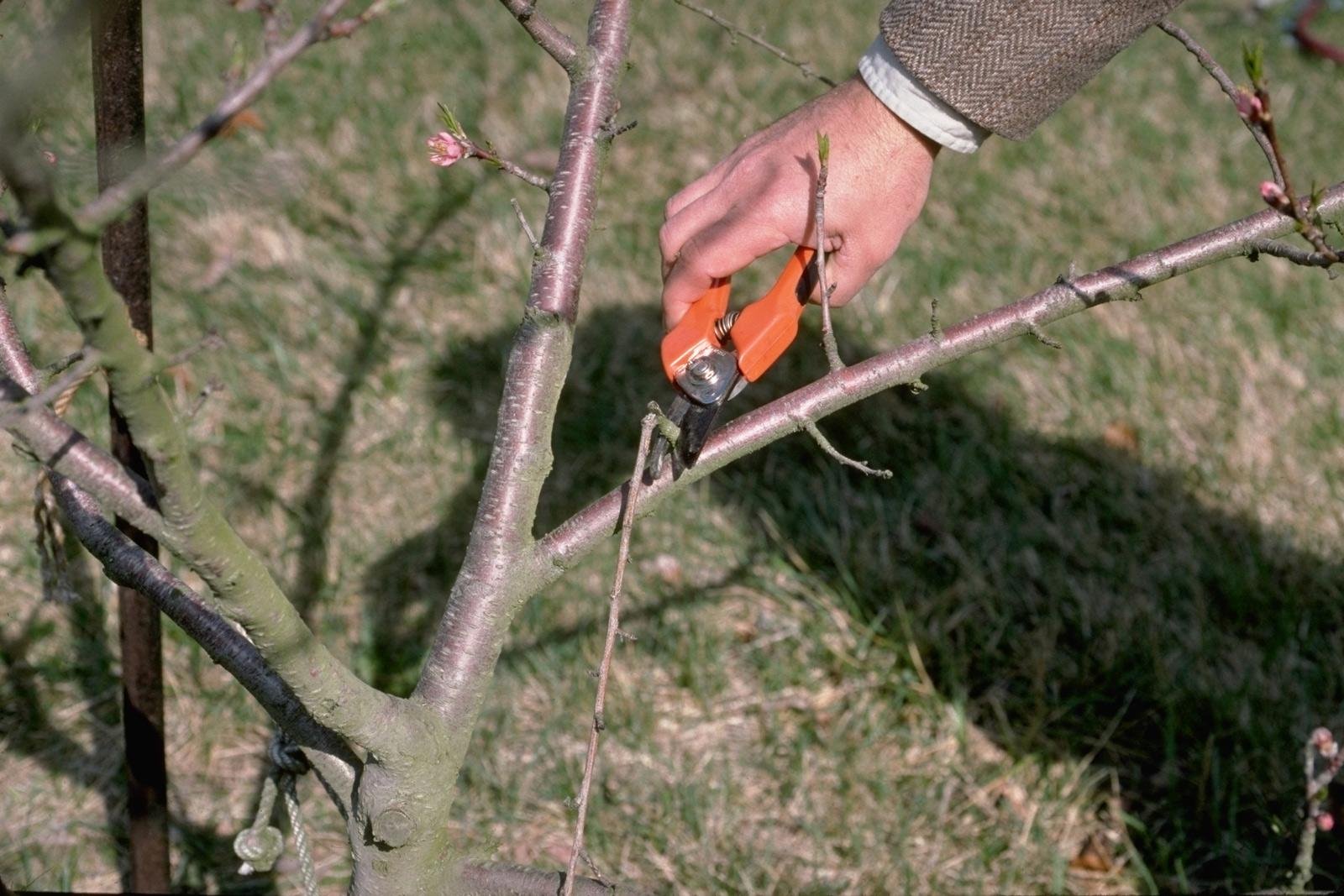[ad_1]
Tree pruning is a great way to protect your trees and landscapes from wind and hail damage. It also helps prevent the spread of diseases and pests. However, there are certain factors that you need to consider before pruning a tree.
Heading cuts
Among the many methods of tree pruning, one of the most common is the heading cut. The heading cut is made at an angle that is slightly downwards from the retained bud. The effect of the heading cut is to stimulate growth on the top three to five buds on the branch. The cut is also useful in inducing new shoots to form on the stem.
Heading cuts are generally used on branches that are young and small. Larger branches, such as those of pear trees, should only be pruned with wood that is at least a year old. This reduces the risk of the terminal bud breaking.
The best time to make a heading cut is early in the season, usually in early spring. The cut should be made with an angle of at least 45 degrees to the branch bark ridge.
Thinning cuts
Thinning cuts are one of the most important tools for maintaining a woody plant’s natural shape. They eliminate dead, diseased and problem branches, and direct the growth of new shoots. This technique also improves air circulation and helps enhance light penetration throughout the canopy.
There are three ways to remove branches from a tree. The first is to remove the terminal leader. The second is to re-leader a branch, and the third is to strip the interior.
To re-leader a branch, make a cut about one-third of the way up the branch. Then, tie the lateral branch into a vertical position. This prevents the limb from splitting.
In contrast to re-leadering, thinning cuts remove a whole branch at the origin. This can be done in the spring or late summer.
Crown reduction
Crown reduction is a pruning technique that is used to control the size of the tree canopy. It also improves the basic appeal of a tree. It promotes faster healing and correct regrowth.
When a tree grows large, it places a lot of stress on its branches. This can cause them to crack or decay. In addition, the limbs may not be able to carry enough water or nutrients. It can also cause the tree to be susceptible to damage from storms.
One common reason to do crown reduction is to protect the tree from damage caused by strong winds. If the wind is too strong, the limbs may break off and fall to the ground. This is dangerous for people and property.
Another common reason for crown reduction is to increase the amount of sunlight a tree receives. A properly trimmed tree can improve the tree’s health by reducing moisture in the trunk.
Structural pruning
Structural pruning of trees is a key part of keeping your landscape healthy. It removes dead and diseased branches, reduces competition, and encourages new growth.
It is a good idea to invest in a professional tree care expert to ensure the best results. An ISA certified arborist can provide an accurate diagnosis and help you determine your structural pruning needs.
It is important to perform structural pruning of large mature trees. This minimizes the risk of branch failure and prevents total tree failure. The objective is to keep the tree healthy and to reduce human safety risks.
Urban trees often display unwanted characteristics at an early age. These may include a large central stem, codominant stems with inclusions, or a poor crown structure. If you have a tree with one or more of these traits, it is essential to prune it to improve the overall structure of the canopy and increase the growth of the trunk.
Avoiding active transmission periods
When tree pruning is performed for electrical utility purposes, it should be done in order to prevent wires from contacting the trunk. This helps avoid injury to people and damage to electrical lines. However, if a cut is made, it should be sealed in order to reduce decay and infection.
A good ANSI A300 Part 1 standard can provide some guidance on what parts of the tree should be removed during pruning. It also lists terms that are commonly used to describe the work being performed. These include reduction cuts, drop crotching, and selective heading.
Reduction cuts are used to shorten branches that have weak attachment. When pruning, these cuts should be no larger than 3-5 inches in diameter, depending on the compartmentalizer of the branch.
[ad_2]
